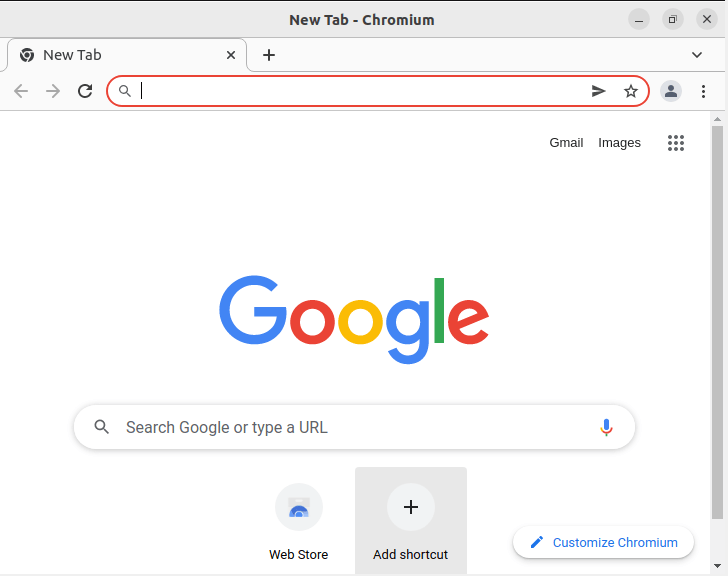How To Install Chromium on Debian 12

Chromium, the open-source browser project that serves as the foundation for Google Chrome, has gained significant popularity among Linux users due to its speed, security, and customization options. As an essential part of the Linux ecosystem, Chromium offers a reliable and feature-rich browsing experience. In this article, we will guide you through the process of installing Chromium on Debian 12, also known as “Bookworm,” using different methods. By the end of this tutorial, you will have Chromium up and running on your Debian 12 system, ready to explore the vast world of the internet.
Understanding Chromium
Before we dive into the installation process, let’s take a moment to understand what Chromium is and why it is significant. Chromium is an open-source browser project that forms the core of Google Chrome and many other popular browsers. It is developed and maintained by Google and a community of contributors. By using Chromium on Linux, you can enjoy benefits such as enhanced security, fast performance, and the ability to customize your browsing experience through extensions and themes.
Preparations Before Installation
To ensure a smooth installation process, it is essential to perform a few preparatory steps. First, update your Debian 12 system to the latest version. Open a terminal and run the following commands:
sudo apt update
sudo apt upgradeThese commands will refresh the package list and upgrade any outdated packages to their latest versions. Additionally, make sure your system meets the minimum requirements for running Chromium, which include a modern processor, at least 2 GB of RAM, and sufficient disk space.
Method 1: Installing Chromium Using APT
The most straightforward method to install Chromium on Debian 12 is by using the Advanced Package Tool (APT), the default package manager for Debian-based systems. Follow these step-by-step instructions:
Step 1: Update Package List
Before installing Chromium, update the package list to ensure you have access to the latest version. Run the following command in the terminal:
sudo apt updateStep 2: Install Chromium
Now, you can install Chromium using APT with the following command:
sudo apt install chromiumAPT will handle the download and installation of Chromium and its dependencies automatically.
Step 3: Launch Chromium
Once the installation is complete, you can launch Chromium from the terminal by typing:
chromiumAlternatively, you can find Chromium in your application menu and launch it from there.
Using APT to install Chromium offers the advantage of seamless integration with the Debian package management system. Updates for Chromium will be handled automatically alongside other system updates.
Method 2: Installing Chromium Using Flatpak
Flatpak is a universal package management system that allows you to install applications across different Linux distributions. Here’s how to install Chromium using Flatpak on Debian 12:
Step 1: Install Flatpak
If Flatpak is not already installed on your system, you can install it using APT:
sudo apt install flatpakStep 2: Add Flathub Repository
Flathub is the primary repository for Flatpak applications. Add it to your system with the following command:
flatpak remote-add --if-not-exists flathub https://flathub.org/repo/flathub.flatpakrepoStep 3: Install Chromium
Now, you can install Chromium using Flatpak with the following command:
flatpak install flathub org.chromium.ChromiumStep 4: Launch Chromium
To launch Chromium installed via Flatpak, use the following command:
flatpak run org.chromium.Chromium
Installing Chromium using Flatpak offers advantages such as sandboxing, which enhances security by isolating the application from the rest of the system. Flatpak also enables easy installation across different Linux distributions.
Post-Installation Steps
After successfully installing Chromium on Debian 12, there are a few post-installation steps you may want to consider:
Updating Chromium
To keep Chromium up to date, you can use the following commands depending on your installation method:
For APT installation:
sudo apt update
sudo apt upgradeFor Flatpak installation:
flatpak updateUninstalling Chromium
If you decide to remove Chromium from your system, you can use the following commands:
For APT installation:
sudo apt remove chromiumFor Flatpak installation:
flatpak uninstall org.chromium.ChromiumTroubleshooting Common Issues
If you encounter any issues during the installation or while using Chromium on Debian 12, here are a few troubleshooting tips:
- If you face any installation errors, ensure that you have a stable internet connection and try running the installation command again.
- If Chromium fails to launch, try running it from the terminal to see if any error messages appear. This can help identify the cause of the issue.
- To optimize Chromium’s performance on Debian 12, consider disabling unnecessary extensions, clearing the browser cache regularly, and keeping the browser updated to the latest version.
Congratulations! You have successfully installed Chromium. Thanks for using this tutorial for installing the latest version of the Chromium web browser on Debian 12 “Bookworm”. For additional help or useful information, we recommend you check the official Chromium website.